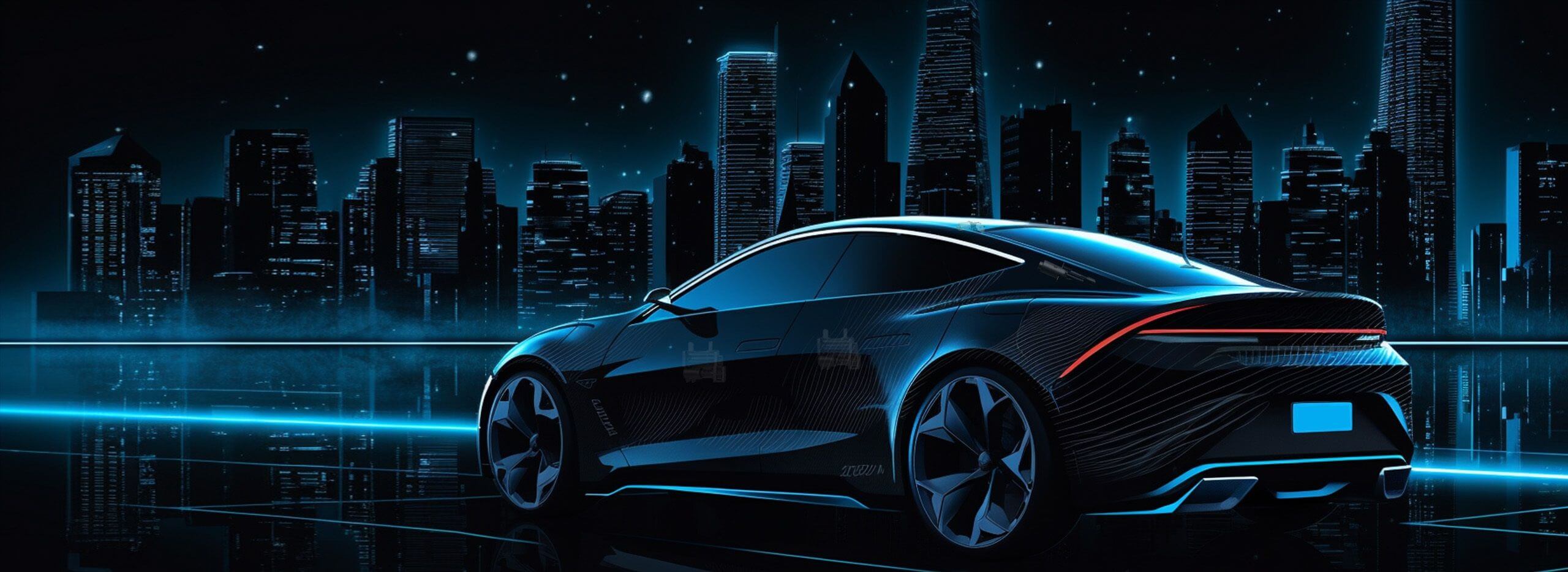Looking into brushless motors? It’s like choosing between a sleek sports car and a rugged off-road vehicle—each has its vibe, its strengths. But when it comes to inrunner versus outrunner, things get pretty interesting. Let’s peel back the layers and see what’s really driving the choice.

Picture this: an inrunner brushless motor. It's like a little powerhouse tucked inside. The rotor sits at the center, spinning a stationary outer stator full of windings. This design tends to pack a lot of punch into a compact form. That means high RPMs and decent torque. For someone aiming for speed—say, a racing drone or a lightweight helicopter—this setup is pretty much top of the line. It can spin fast, stay cool, and deliver power efficiently.
On the flip side, the outrunner motor is like a wheel that spins around the outside—literally. The rotor surrounds the stator, making the outer shell turn. This configuration creates a larger diameter and more torque at lower speeds. Imagine a big, solid spinning disk that gives you that instant shove. It’s perfect for applications needing more pulling power—like larger RC cars, some planes, or even wind turbines. Plus, they tend to be more durable because their design spreads heat more evenly.
Here’s a tip many overlook: outrunners are often easier to cool because their design exposes more surface area. That means longer run times or sustained power without overheating. But, they tend to be a bit bulkier, which can matter if weight and space are tight.
What makes you choose one over the other? For speed demons craving quick acceleration and high RPMs, the inrunner’s the way to go. It’s lighter, more responsive, and great for agile setups. But if you need torque, that steady force that keeps things moving under load, you might lean toward outrunners—they’re fantastic for heavier loads and longer runs.
And, let’s not forget, they aren’t mutually exclusive in performance. Mix and match based on what you need. Think about a drone race: a high-speed inrunner for agility, maybe paired with outrunners in other parts of the setup for stability.
Ever wonder how these motors hold up under different conditions? Well, inrunner motors tend to run cooler at high speeds, keeping them reliable during intense uses. Outrunners, with their robust design, handle vibrations and shocks pretty well—kind of like a tank on wheels.
Choosing a motor is often about what kind of performance you crave and what you’re willing to compromise on. Want speed? Go inrunner. Need torque and endurance? Outrunner might be your best bet. It all boils down to that feeling you want when you hit the throttle—are you chasing quick bursts or steady power?
That’s the real heart of it. No matter the choice, understanding these differences makes a huge difference in tuning your ride or your project for success. If you ever find yourself stuck on which one suits your needs, just imagine what kind of thrill you're after—speed, torque, or maybe a perfect balance.
Leveraging innovations in modular drive technology, Kpower integrates high-performance motors, precision reducers, and multi-protocol control systems to provide efficient and customized smart drive system solutions.




































